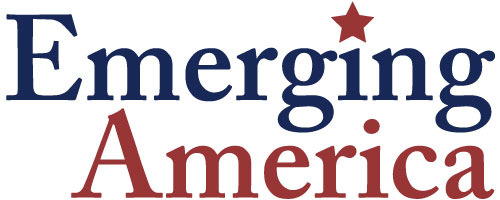Emerging America Lesson Accessibility Grid
Emerging America's lesson plan template features a Universal Design for Learning (UDL) grid borrowed from Social Studies & Exceptional Learners (see below). It is designed to support teaching of Social Studies. Three columns call for strategies that support the UDL instructional framework (see description in Accessing Inquiry clearinghouse).
